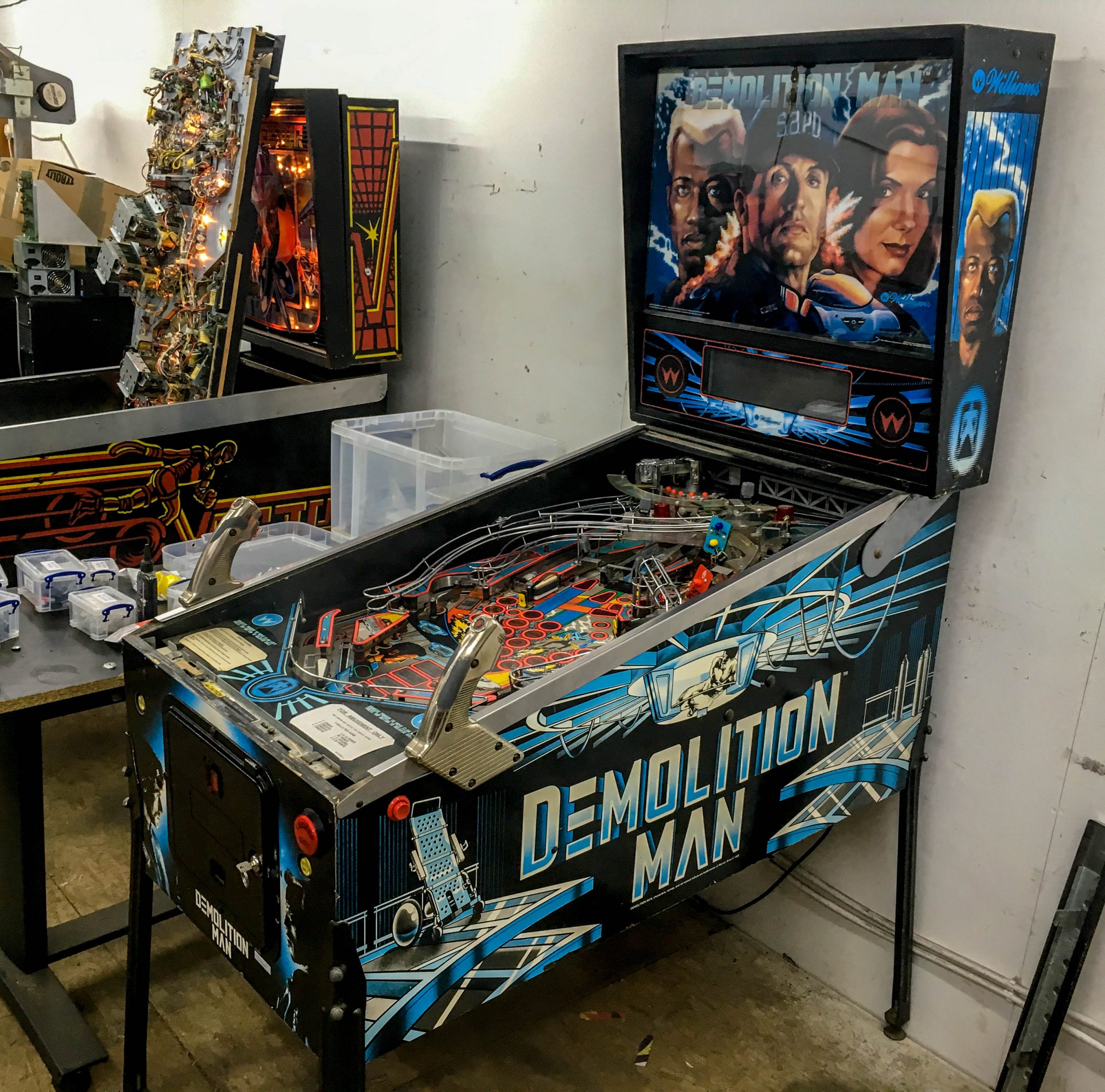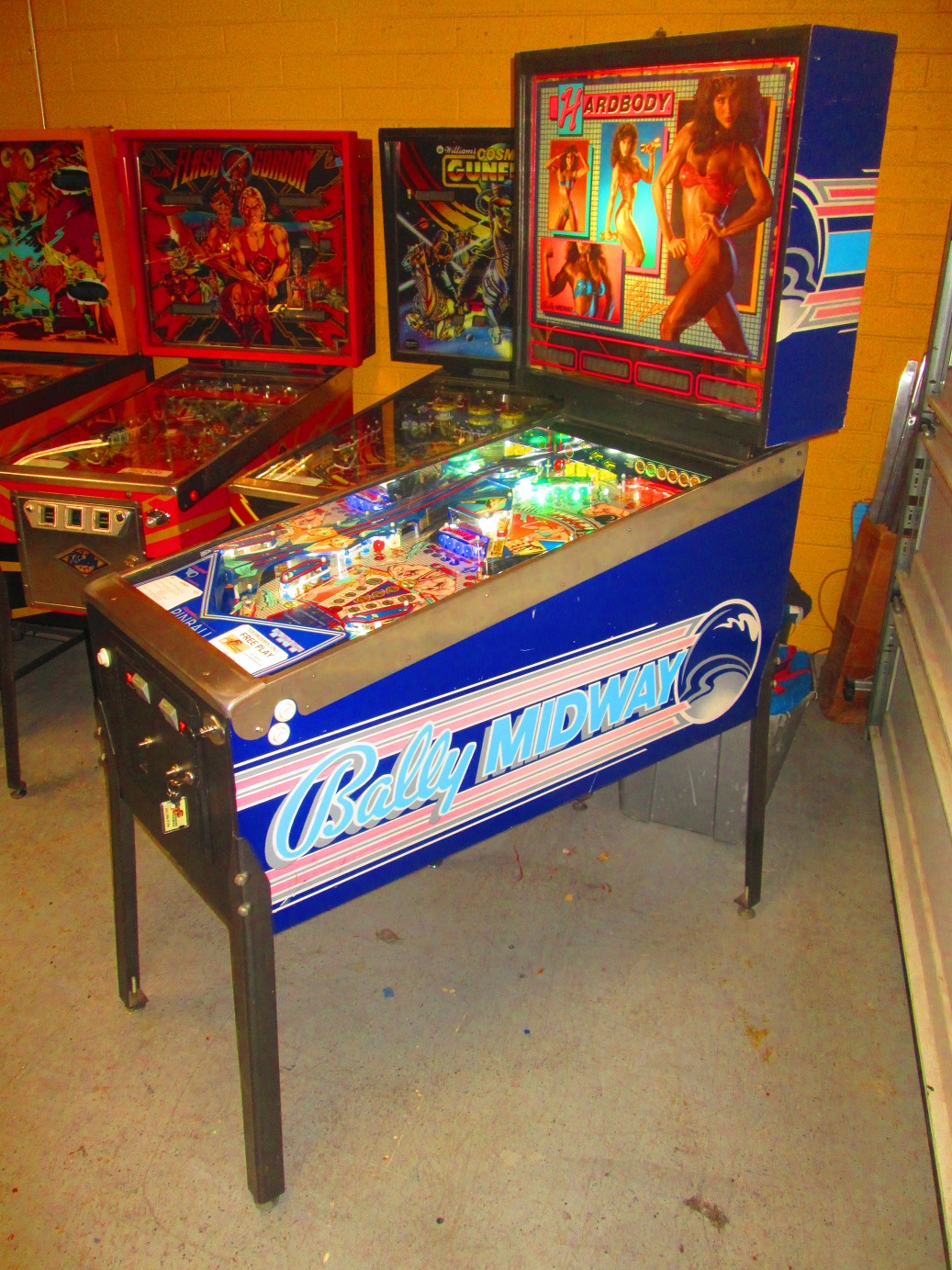

Through the course of a game, the officer yells at the player, “Hey, pull over!” If the player is good, escaping the supposed chase, officer 504 reports his failure. There was even a story here, the player taking the role of a speeder trying to escape from the pursuing Officer 504.
PINBALL MACHINE REPAIR FULL
Earlier Williams pinball games had featured limited digital voice samples, but in High Speed, players were treated to a full series of dialogue between a police officer and his dispatch. System 11 tables offered far more complex sound and music than before. One CPU was used to drive the game itself, with two more used to handle audio. These tables, called System 11, ran three Motorola 6800-series CPUs, the same as used on many Williams arcade classics like Defender. The tables required so much maintenance that most operators were more than happy to ditch the damned things and switch to video game cabinets, which were infinitely simpler to maintain.īut then High Speed showed up, the first of a new generation of pinball tables from Chicago-based Williams Electronics.

PINBALL MACHINE REPAIR FREE
Videogames had rushed onto the scene through the ’70s and early ’80s, quickly claiming every free square foot of floor space at bowling alleys, pizza parlors, and of course arcades.Īnd it wasn’t just that pinball was increasingly seen as a dated pursuit. The pinball market as a whole was dwindling. High Speed is widely considered to be one of the most iconic pinball tables of all time, a table that had a massive hand in saving the entire industry in the mid 1980s. High Speed High Speed brochures credit Williams Electronics We would, and it did, and here’s how the pain-staking, 12-month restoration went. Would we succeed? And, more importantly, would our marriage survive? This is the most comprehensive job that can be done on a pinball table and my wife and I, complete newbies, opted to dive right in.

Owning a vintage pinball table and keeping it running can feel like a Sisyphean task.Īnd yet that’s the task my wife and I set for ourselves, taking a 1986 Williams “High Speed” table, stripping it down to its bare components, and then rebuilding it again around a shiny, new, reproduction playfield. All those wires tangle around and through hundreds of mechanical, electrical, and digital components, each and every one just waiting to fail at the next spin of a silver ball. Lift the playfield on a pinball table and you’ll be greeted with a veritable rats nest of wiring and components that will make the most seasoned of electricians recoil with horror. Even that, though, is nothing compared to what it takes to work on one. But, spend some time getting to know a table, learning its various modes and special combinations, and you’ll quickly realize there’s a lot of nuance, practice, and skill required for true mastery. Pinball tables look simple enough on the outside, an impression reinforced by needing only two or three buttons to play them. Pinball is a strange hobby, one that devolves into obsession for many and, I gotta say, quickly sank its hooks into me.


 0 kommentar(er)
0 kommentar(er)
